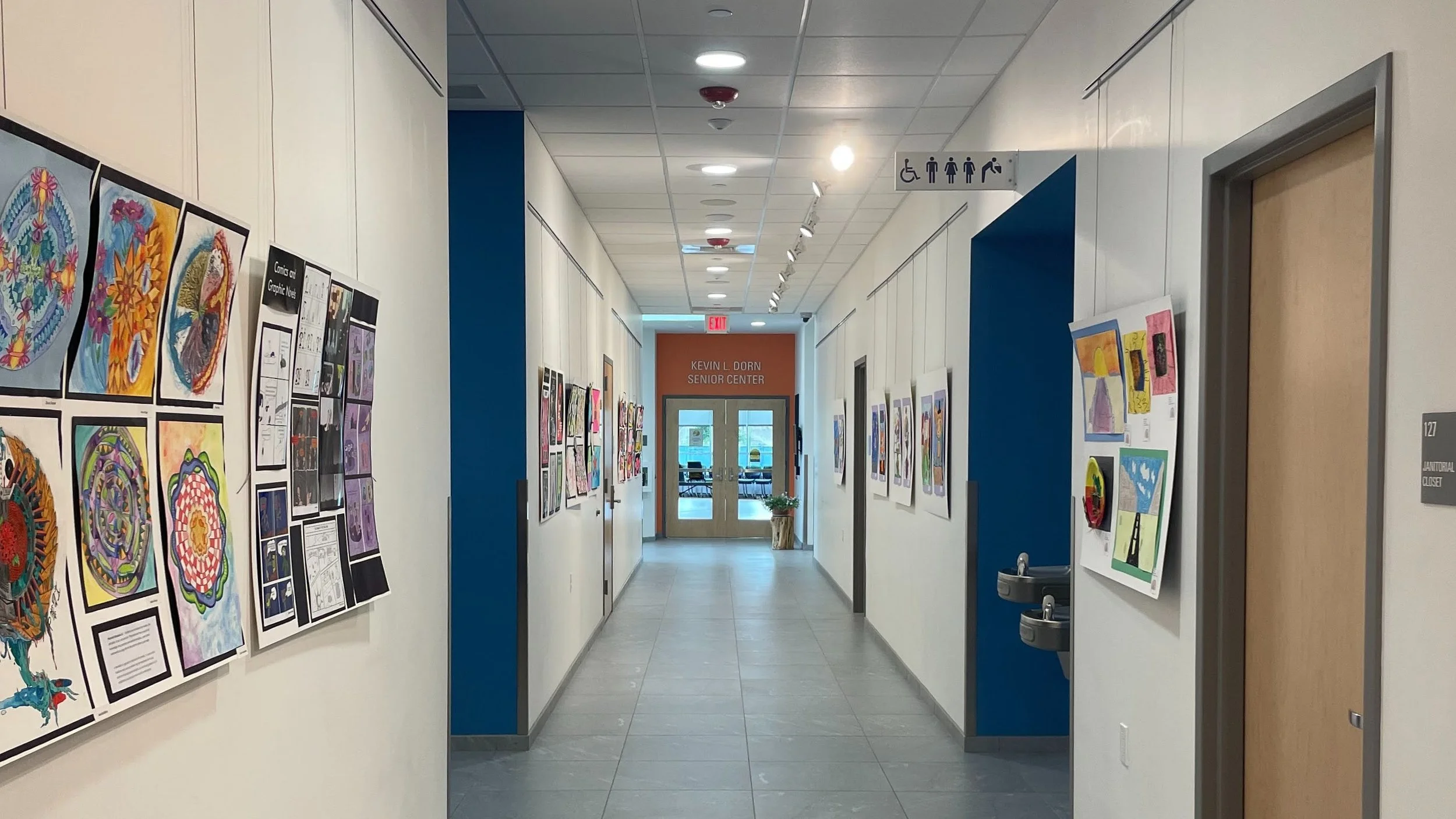Stay away from the loons, advocates in Waterbury say
Photo courtesy of the VT Fish and Wildlife Department
If you’re spending time near the Waterbury Reservoir soon, you could encounter a loon, the large, once-threatened waterbird whose eyes turn bright red in the summer.
Loons can be an exciting sight for nature lovers: The animals have howl-like calls, and they zip underwater when diving for food. But with the birds’ nesting season in full gear, conservationists warn that anyone who comes across a loon in the reservoir should give them 150 feet of space, or about three school bus lengths, as they will view humans as predators.
“If people ever encounter something like this, we just want people to be aware, stay away,” said Sheila Goss, vice president of the Friends of the Waterbury Reservoir, a volunteer group to help improve the natural environment.
Goss said that this year is the only the second time ever that loons have been observed nesting on the reservoir. But her group has been receiving reports of people paddling up close to the nest, according to its Facebook page, despite signs saying stay away.
If a nesting loon feels threatened, it will leave its nest, meaning any eggs will be unprotected and could lose heat — or be snatched by predators. If a canoe or kayak stays near a nest too long, the loon could altogether abandon the nest, and the eggs would die. In Waterbury, volunteers have put up warning signs around the loons’ habitat, but that’s not always the case elsewhere.
You can recognize a loon in distress by its body language. If a loon stretches out flat on the ground, it is in a defensive position and feels threatened, according to the Loon Preservation Committee.
“If you see a loon, watch them from a distance,” said Eric Hanson, a loon biologist who works for the Vermont Center for Ecostudies and runs the Vermont Loon Conservation Project, which works with the Vermont Department of Fish and Wildlife.
Loon nests can be found near the shore as their bodies are not designed for walking on land and they cannot walk very well. Another struggle loons face is rising water levels. Water levels rising can wash their nests away, so the Friends of the Waterbury Reservoir group have built rafts in the hope that loons will nest on them and avoid any changing water levels.
“(The rafts are) built with all-natural vegetation on it all because the idea is the loons like to nest on islands because they're kind of protected … (The rafts are) held to the floor of the water with loose cables and cinder blocks,” said Goss. “It can move up and down with the fluctuating water level. So places in Vermont where this is an issue have had real success with the rafts.”
Loons are also vulnerable to getting entangled in fishing line, so conservationists say it’s important for fishers to not leave any line behind on the shore. It’s also important for fishers to not use sinkers or equipment with lead in it, and old gear that likely contains lead. If loons or other animals eat sinkers with lead in them, it can kill them.
Hanson said he has noticed an uptick in loon deaths due to lead in the past five years and that people need to get lead out of their tackle boxes. On this, Hanson said, enjoyers of the Waterbury Reservoir are taking the lead. “They have at least four or five of these containers around the reservoir now for people to get rid of old fishing line,” he said. “And we're going to add lead to that next.”
Protection efforts for loons have been very successful — the common loon has been off the state’s endangered species list since 2005 — but advocates say it’s important to not backslide and to continue that protection work.
July 18 is LoonWatch, organized by the Vermont Center for Ecostudies on the third Saturday in July each year, a daylong event in which people count how many loons they see. According to state officials, there are just over 100 breeding pairs in Vermont, and during the summer there are anywhere from 300 to 500 adult loons in the state.








